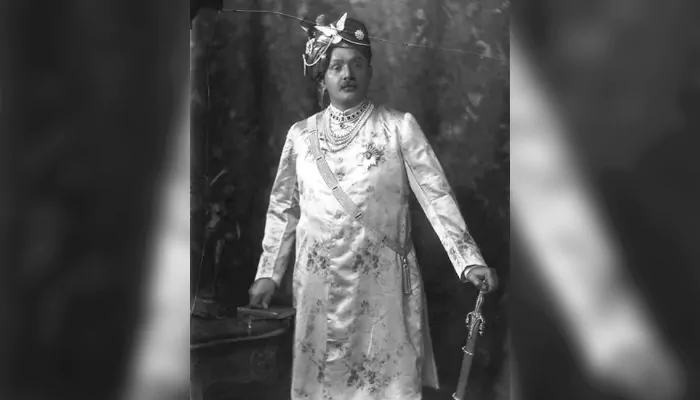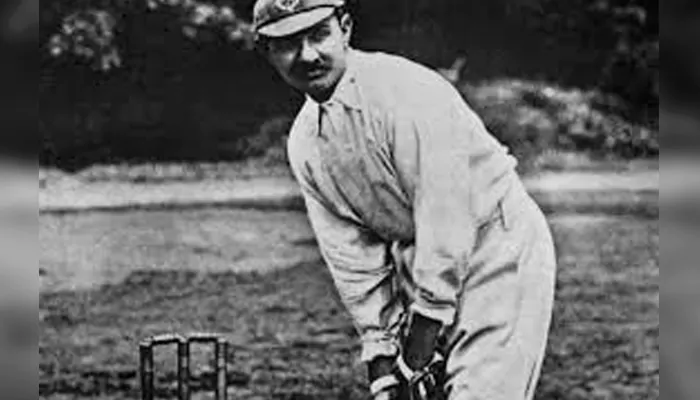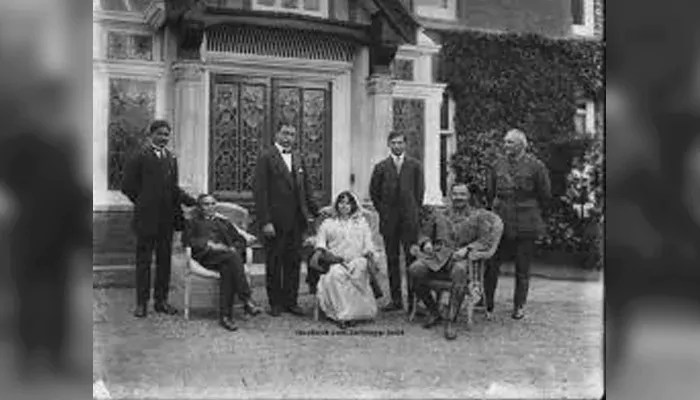
He used wealth, wit—and perhaps a little sparkle—to quietly rebel through sport
Long before India was free, one princely ruler envisioned a future where athletics could quietly subvert colonial power and claim India’s place on the world stage. Jam Sahib Ranjitsinhji Vibhaji Jadeja—ruler of Nawanagar, cricket legend, and a masterful strategist—used his influence for more than sport. Beneath his regal calm was a determined project: to fund and elevate Indian athletes, cementing sport as an arena for anti-colonial assertion and dignity on global platforms.
Born in 1872, Ranjitsinhji dazzled England with his batting for Cambridge, Sussex, and even England’s national team. As one of the first respected Indian-born athletes in the West, his story took a significant turn in 1907 when he became the ruler of Nawanagar. Unlike rulers who conformed to colonial rule, Ranjitsinhji used sport to challenge imperial narratives. That vision set the stage for his discreet rebellion, which took on unexpected forms.

Legends swirl around how the Jam Sahib funded his quiet revolution. Among the more colourful tales circulating in princely and British circles: that he smuggled diamonds and rare gems through discreet networks, converting them into cash beyond the reach of colonial authorities.
Crucially, there is no definitive evidence to confirm these stories—the rumors likely emerged from a mix of his private finances, his vast jewel collection, and the colonial administration’s suspicion of independent princely actions. Nonetheless, these tales reflect the creativity and secrecy thought necessary to bypass British financial oversight, whether or not the diamond smuggling ever truly took place. Through this ingenuity, he could step in where officialdom would not.
In the 1920s and 30s, India had no state sports support. Yet, national pride grew. The Jam Sahib and a few elites stepped in, helping Indian athletes reach Europe and the U.S., even before a national sports structure existed. His discreet aid was funneled through trusted networks. Each Indian jersey worn abroad was a statement—India stood tall. This commitment reached far beyond cricket, shaping a sporting culture for the nation.
While Ranjitsinhji is best known for his role in cricket, his sporting vision extended beyond the boundary. He helped seed the idea of India as a sporting nation. His role laid the groundwork for the formation of India’s Olympic Committee, and his influence inspired other royals, such as Bhupinder Singh of Patiala, to invest in athletes as well. What’s remarkable is that Ranjitsinhji never sought public credit. His support came quietly—an intentional contrast to the noisy propaganda of the British Raj, leaving a legacy that would resonate far beyond his own lifetime.

Ranjitsinhji passed away in 1933, but his legacy endures. The Ranji Trophy, India’s top domestic cricket tournament, honors not just his skill but his lasting impact. His old palace in Jamnagar still stands, echoing stories of diplomacy and a princely rebellion fueled by gumption, not guns.
Ranjitsinhji never raised a slogan or led a march. Yet, through discreet support for athletes, he directly undermined colonial narratives and opened new fronts of anti-colonial assertion. His rebellion was athletic, financial, and deeply strategic—demonstrating that Indian excellence could defy British domination where it mattered most: in global recognition, pride, and equality. His legacy proves defiance can shape history—even when spoken in silence or carried in the pockets of champions.